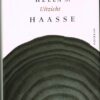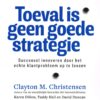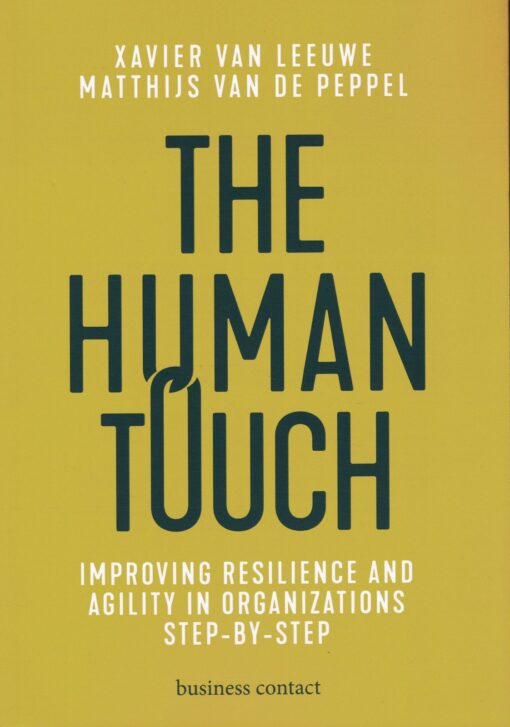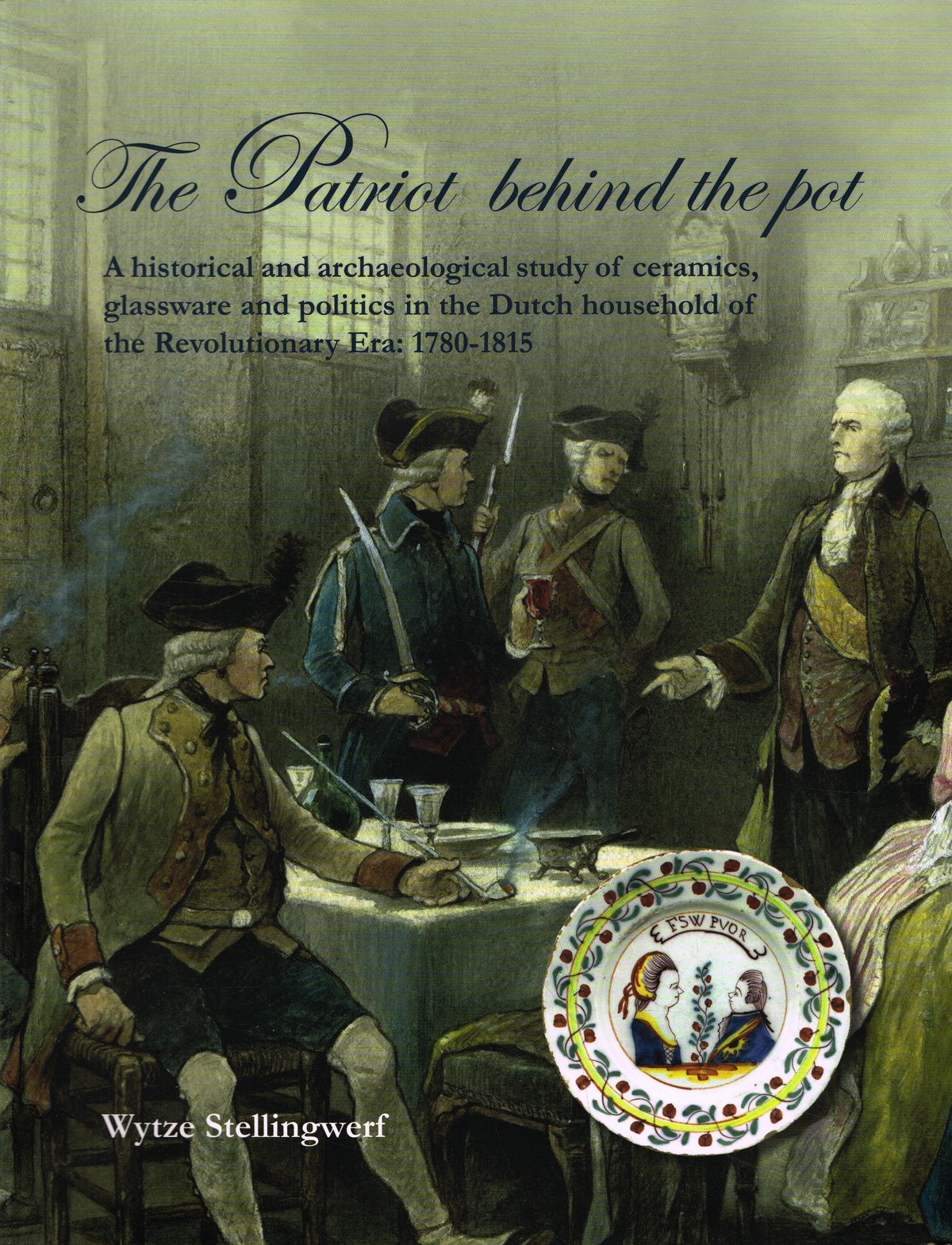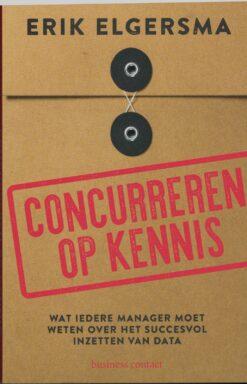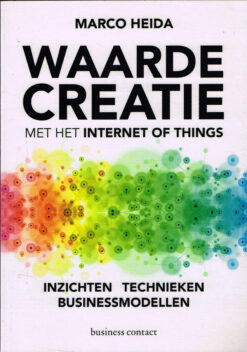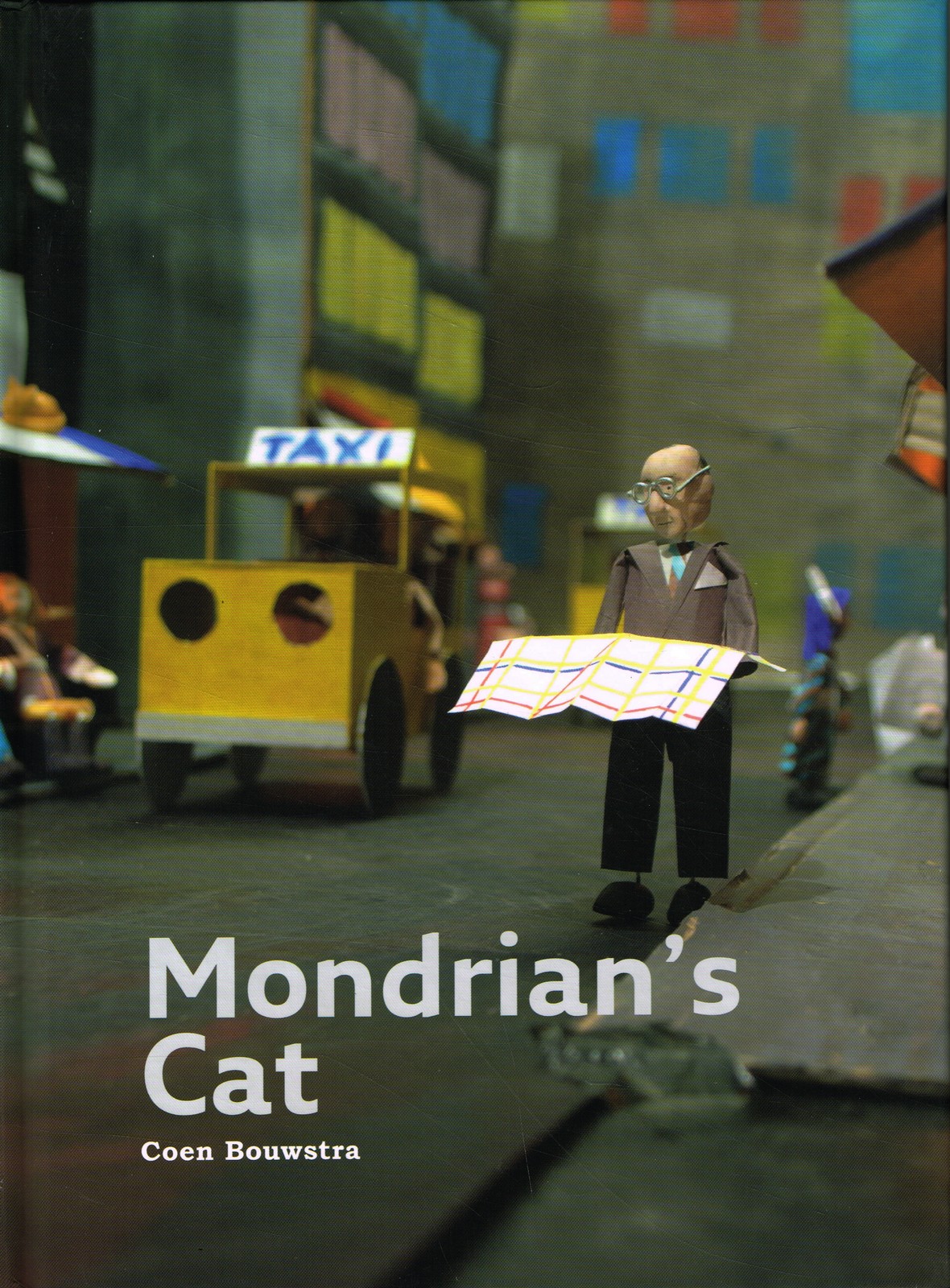Terug/Home/Webwinkel ramsj.nl /Non-Fictie/Economie & politiek/The Human Touch
Xavier van Leeuwe
The Human Touch
Improving Resilience and Agility in Organizations Step-by-Step
Oorspronkelijke prijs was: € 19,99.€ 7,90Huidige prijs is: € 7,90.
Uitverkocht
Xavier van Leeuwe and Matthijs van de Peppel, two young media executives, knew their organization faced epic change ? or a swift collapse. They deftly applied smart data and technology, but the quantum leap lay elsewhere: in the connections between people, within and beyond their companies. Xavier van Leeuwe and Matthijs van de Peppel describe their journey in ‘The Human Touch’, as adventurers and raconteurs, dreamers and learners. How they and their teams ventured to greater heights, and built robust client relationships. In ‘The Human Touch’, they share the experiences they gathered, the insights gained, the inspiration found in literature and the tools they mastered. ‘A brilliant, practical manual on how to cope with disruption, based on culture and being human’.
